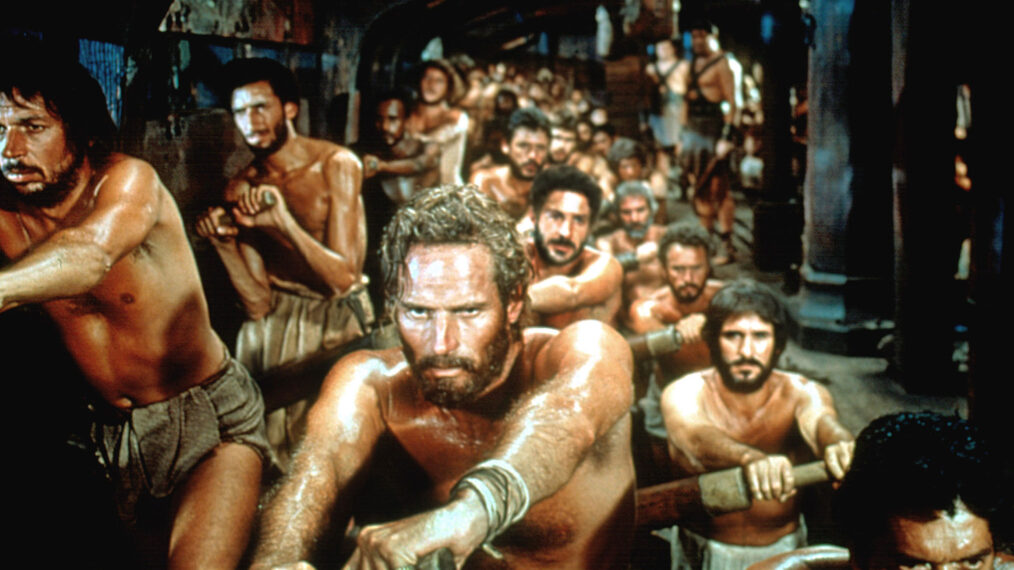Ben-Hur: A Cinematic Epic of Faith, Vengeance, and Redemption
Ben-Hur (1959), directed by William Wyler and starring Charlton Heston in the title role, is widely regarded as one of the greatest epics in cinema history. Adapted from Lew Wallace’s 1880 novel Ben-Hur: A Tale of the Christ, the film is a monumental achievement in storytelling, scale, and technical mastery. It not only redefined the possibilities of Hollywood filmmaking but also left a lasting cultural legacy that continues to inspire filmmakers and audiences today.
The narrative follows Judah Ben-Hur (Charlton Heston), a wealthy Jewish prince living in Jerusalem during the time of Christ. His childhood friend, Messala (Stephen Boyd), returns from Rome as a military commander and demands Judah’s loyalty to the Roman Empire. When Judah refuses, their friendship turns into bitter rivalry. An accident during a parade leads to Judah being falsely accused and enslaved, while his family suffers imprisonment. Consumed by anger and betrayal, Judah embarks on a long journey of survival, revenge, and ultimately, spiritual awakening.

One of the film’s most celebrated aspects is its iconic chariot race sequence, which remains one of the most thrilling action scenes ever put on screen. Filmed on an enormous set at Cinecittà Studios in Rome, the race involved elaborate stunts, real horses, and practical effects that gave it an authenticity unmatched even in the age of computer-generated imagery. The sequence, running over nine minutes, took months to film and required thousands of extras, reflecting the meticulous craftsmanship of Wyler’s direction. To this day, the chariot race is considered a benchmark in cinematic action design.
Beyond its spectacle, Ben-Hur explores themes of faith, forgiveness, and redemption. Judah’s personal quest for vengeance is contrasted with the teachings of Jesus Christ, whose presence is felt throughout the film though he is never shown speaking directly. The moment when Judah encounters Christ during his suffering becomes a pivotal turning point, shifting the story from one of revenge to one of spiritual renewal. This fusion of human drama with biblical context helped the film resonate deeply with audiences across generations.
The production itself was a landmark achievement. With a then-unprecedented budget of $15 million, massive sets, and groundbreaking cinematography, Ben-Hur showcased Hollywood’s ability to combine artistry with spectacle. The musical score by Miklós Rózsa further elevated the grandeur of the film, blending dramatic intensity with spiritual undertones. The film went on to win a record-setting eleven Academy Awards, including Best Picture, Best Director, and Best Actor for Charlton Heston—a record that stood for decades.

While later adaptations, including the 2016 remake, attempted to bring Ben-Hur to modern audiences, none have matched the impact of Wyler’s masterpiece. The 1959 version remains a gold standard of epic filmmaking, balancing intimate human emotion with sweeping historical and religious themes. It continues to be celebrated not only for its technical brilliance but also for its enduring message of hope, forgiveness, and the triumph of the human spirit.
Ultimately, Ben-Hur is more than just a film; it is a timeless story that captures the struggle between vengeance and redemption, power and faith, and despair and salvation. Its legacy as one of cinema’s greatest achievements ensures its place in the history of storytelling for generations to come.
-1752633462-q80.webp)

